Faculty
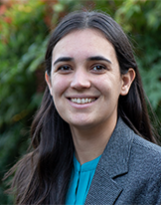
Kate Alexander
Assistant Professor, Department of Astronomy
Assistant Astronomer, Steward Observatory
Ph.D., Astronomy & Astrophysics, 2018, Harvard University
About
Dr. Kate Alexander works in time-domain astronomy and multi-messenger astrophysics. She uses a variety of telescopes to study the physics powering the most extreme astrophysical transients, from gamma-ray bursts to the tidal disruptions of stars by supermassive black holes. She also searches for radio counterparts to gravitational wave signals from compact objects mergers. Radio observations of these events probe mass ejection, including the formation of relativistic jets, and provide important astrophysical context.
Dr. Alexander completed her PhD in Astronomy & Astrophysics at Harvard University. She has a Bachelor of Science degree in Physics from Brown University. Prior to joining the University of Arizona, she was a NASA Einstein Fellow and a CIERA Postdoctoral Fellow at Northwestern University.
Current Group
Students
- Collin Christy
- Noah Franz
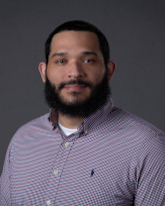
Carl Fields
Assistant Professor, Department of Astronomy
Assistant Astronomer, Steward Observatory
Ph.D., Astrophysics, 2021, Michigan State University
About
I am currently at the Department of Astronomy at University of Arizona as an Assistant Professor. Previously I was a RPF Distinguished Postdoctoral Fellow at Los Alamos National Laboratory in the Computational Physics and Methods (CCS-2) and Eulerian Codes (XCP-2) Divisions. I am broadly interested in computational and nuclear astrophysics of massive stars, their explosions and the multi-messenger signals they produce.
Current Group
Students
- Maria Mutz
- Logan White

Peter Milne
Research Professor, Steward Observatory
Ph.D., Physics, 1998, Clemson University
About
Peter studies the optical counterparts of Gamma Ray Bursts. He is a co-investigator on the Super-LOTIS (Livermore Optical Transient Imaging System), a robotic telescope that searches for these objects. He also works in the emerging field of positron astrophysics.
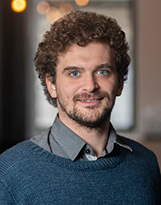
Mathieu Renzo
Assistant Professor, Department of Astronomy
Assistant Astronomer, Steward Observatory
Ph.D., Astrophysics, 2019, University of Amsterdam
About
I am a physicist with interest in astronomy because of the wide range of phenomena and processes occurring astrophysical context. I focus mostly on stellar astrophysics, and in particular massive stars, binary evolution, and stellar explosions. My research interest include stellar kinematics (runaway, "walkaway", and hyper-velocity stars), core-collapse and (pulsational) pair-instability supernovae, X-ray binaries, time-domain and gravitational-wave astronomy. I mainly use analytical and numerical simulations to understand massive star evolution, their explosions, and how they interact in binary systems. I use both detailed stellar structure and evolution models (e.g., with MESA, and rapid population synthesis (e.g., with binary c or COSMIC). I am learning to run hydrodynamical simulations (with ATHENA++).
Current Group
Postdocs
- Aldana Grichener
- Koushik Sen
Graduate Students
- Fiona Han
- Neev Shah
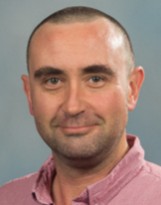
David Sand
Associate Professor, Department of Astronomy
Associate Astronomer, Steward Observatory
Ph.D., Astrophysics, 2006, California Institute of Technology
About
Dr. David Sand is an observational astronomer with a variety of interests. He spends a lot of his time searching for and understanding the smallest galaxies in the Universe, as they are extremely dark matter dominated and are signposts for structure formation. Dr. Sand is also broadly interested in time domain astronomy, and in particular understanding the progenitors and explosion mechanisms of supernovae. Dr. Sand does some instrument development to further his team's scientific goals.
Current Group
Postdocs
- Azalee Boestrom
- Conor Ransome
- Bhagya Subrayan
Students
- Jeniveve Pearson

Nathan Smith
Professor, Department of Astronomy
Astronomer, Steward Observatory
Ph.D., Astrophysics, 2002, University of Minnesota
About
Dr. Nathan Smith is interested in understanding the evolution and fate of massive stars, and their influence on the surrounding interstellar medium. His primary focus is on the violent explosions and eruptions that occur as a massive star approaches its death, especially those of the most massive and luminous stars known. Although these stars drive the energetics of the interstellar medium and are extremely bright and easy to observe, the way they reach their demise and finally explode is still very poorly understood. Nathan specializes in multiwavelength spectroscopy and high-resolution imaging of supernovae and other transients in order to study explosions observed in real time, and he studies spatially resolved circumstellar material in order to constrain the physical properties of mass-loss episodes that have occurred in the past.
Another main area of interest is the evolution of massive star-forming regions, where energy input from the radiation, winds, and explosions of massive stars can influence star and planet formation in the surrounding cloud. Nathan performs detailed mutiwavelength studies of nearby stellar nurseries, working toward a complete picture of the complex processes that dominate the massive star-forming environment, trying to understand the interplay between star death and birth. This impacts our own origins, since the Solar system is thought to have formed in such a region, probably exposedto nearby supernovae.
Nathan conducts observations using the Hubble Space Telescope and other NASA missions, plus numerous ground-based optical/infrared telescopes. Although primarily an observer, he incorporates theoretical tools in his work, and has a broad interest in Galactic astronomy including stellar evolution, mass loss, circumstellar material, shock physics, HII regions, disks, jets, planetary nebulae, dust formation, and nebular spectroscopy. Nathan earned undergraduate degrees in music and astronomy, plus a master's degree and a Ph.D. in Astrophysics.
Current Group
Students
- Brian Hsu
Scientists
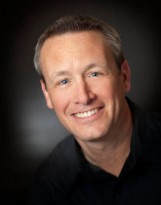
Grant Williams
Astronomer, Steward Observatory
Director, MMT Observatory
Ph.D., Physics, 2000, Clemson University
About
I'm an astronomer at the University of Arizona and the current Director of the MMT Observatory. I earned a Bachelor’s degree in Physics from the University at Buffalo in 1994 and a PhD from Clemson University in 2000.
Postdocs
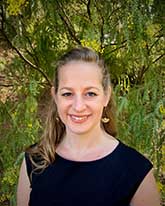
Azalee Boestrom
Postdoctoral Research Associate I
LSSTC Catalyst Fellow
Ph.D., Physics, 2021, University of California, Davis
About
I am an LSSTC Catalyst Fellow at University of Arizona where I am working on connecting massive star supernovae to their progenitor. In addition to understanding exploding stars, I am a strong proponent of open source development, tools, and open science. I believe science is better when we help each other succeed and passionately promote education and equity.
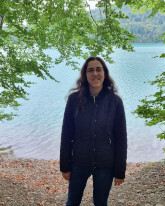
Aldana Grichener
Postdoctoral Research Associate
Steward Theory Fellow
Ph.D., Astrophysics, 2024, Technion
About
My name is Aldana Grichener and I am a theoretical astrophysicist interested in the connection between massive binary stars and high energy astrophysical phenomena. I am currently a Steward Observatory Theory Fellow/IAU-Gruber Fellow/CHE Fellow in the University of Arizona and Steward Observatory. I have been working on a broad range of topics, including but not restricted to heavy elements, peculiar transients, feedback mechanisms in stellar outflows, common envelope evolution, high energy neutrinos and morphologies of supernova remnants.

Conor Ransome
Postdoctoral Research Associate
Ph.D., Astrophysics, Liverpool John Moores University
About
I’m Conor's blurb.

Bhagya Subrayan
Postdoctoral Research Associate
Ph.D., Astrophysics, 2024, Purdue University
About
I’m currently a Postdoctoral Research Associate at Steward Observatory at the University of Arizona, working with Prof. Dave Sand to study young, nearby supernovae and investigate the formation of dust in core-collapse supernova (CCSNe) ejecta. Using the powerful capabilities of the James Webb Space Telescope (JWST), my research is focused on understanding these energetic explosions and their impact on dust production in the universe.
Grad Students
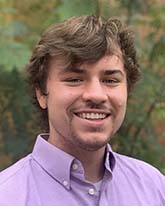
Collin Christy
B.S., Physics and Astrophysics, 2021, The Ohio State University
About
I am an Astrophysics Ph.D. student at the University of Arizona. My research interests broadly fall within the field of time-domain astronomy, with a focus on extragalactic transients and stellar variability. I am currently working with Dr. Kate Alexander on studying the radio counterparts of Tidal Disruption Events (TDEs). I am also a former member of the All-Sky Automated Survey for SuperNovae (ASAS-SN) team and a current collaborator and researcher for Citizen ASAS-SN. I graduated from The Ohio State University in 2021, with a Bachelor's of Science in Astronomy and Physics.

Christa DeCoursey
B.S., Physics and Astrophysics, 2021, University of Florida
About
I study the high-redshift transient universe with JWST as a member of the JWST Advanced Deep Extragalactic Survey (JADES) team. My work involves surveying deep near/mid-infrared images for transient events and classifying these transient events, which has uncovered many of the most distant supernovae discovered to date. I am interested in constraining core-collapse supernova rates in the early universe and hope to uncover exotic transient events such as superluminous supernovae. My research advisor is Dr. Eiichi Egami, and I have been working with him since I arrived at University of Arizona in 2021. Before I started working on transient science, I studied galaxies with the VLA, and I still continue to enjoy contributing to JWST galaxy papers as a JADES team member.
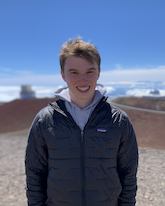
Noah Franz
NSF Graduate Research Fellow
B.S., Physics and Data Science, 2023, Siena College
About
In spring 2023, I graduated from Siena College with a B.S. Degree. In undergraduate, I double majored in Physics and Applied Data Science and obtained minors in Astronomy and Mathematics. During these four years, I also discovered my strong interests in astronomy, big data, data science, and programming. Throughout undergraduate, I explored a wide variety of research interests including working with the Dark Energy Spectroscopic Instrument, Berkeley Search for Extraterrestrial Intelligence, and The University of Hawaii Institute for Astronomy.
In fall 2023, I started applying these interests as an Astronomy graduate student at the University of Arizona Department of Astronomy (Steward Observatory). I am motivated to study astronomy by the possibilities to unravel deep mysteries of the universe. One area I am especially interested in is understanding black holes. As a result, I plan to study transients like tidal disruption events which can provide important insight into the area surrounding these mysterious objects.
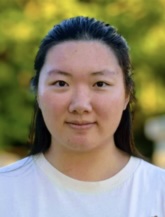
Fiona Han
M.S., Mathematics, 2025, University of Michigan
B.S., Mathematics, 2023, University of Michigan
About
I am Fiona's blurb.
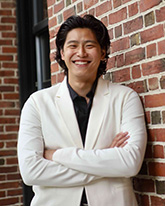
Brian Hsu
B.A., Physics and Astrophysics, 2023, Harvard University
About
I graduated with a B.A. in Astrophysics and Physics from Harvard University in 2023, where I worked with the Berger Cosmic Transients Lab on optical studies of Type I superluminous supernovae and UV analysis of their host galaxies, as well as applying machine learning techniques in preparation for the Vera C. Rubin Observatory Legacy Survey of Space and Time.
Currently, I work with Prof. Nathan Smith to probe the late-stage evolution of massive stars through multi-wavelength observations of core-collapse supernovae and their host galaxies. I am also interested in various other transient phenomena from supernova impostors to gamma-ray bursts.
I am originally from Queens, New York, but spent most of my childhood in Taiwan. In my spare time, I like to play volleyball, do yoga, and recently I’ve been trying to learn how to crochet.

Vikram Manikantan
B.A., Physics, 2022, Northwestern University
About
Vikram is a theoretical and computational astrophysicist whose research focuses on the multi-messenger nature of compact objects such as binary black holes, neutron stars, supernovae, and other high-energy transients. He uses numerical relativity and magnetohydrodynamic simulations, such as Einstein Toolkit, IllinoisGRMHD, and Athena++, to study these systems in a variety of contexts. His current work focuses on the late-time evolution of accreting supermassive black hole binaries in the LISA band. Future work will hopefully expand the current numerical framework to study core-collapse supernova and other high-energy transients.
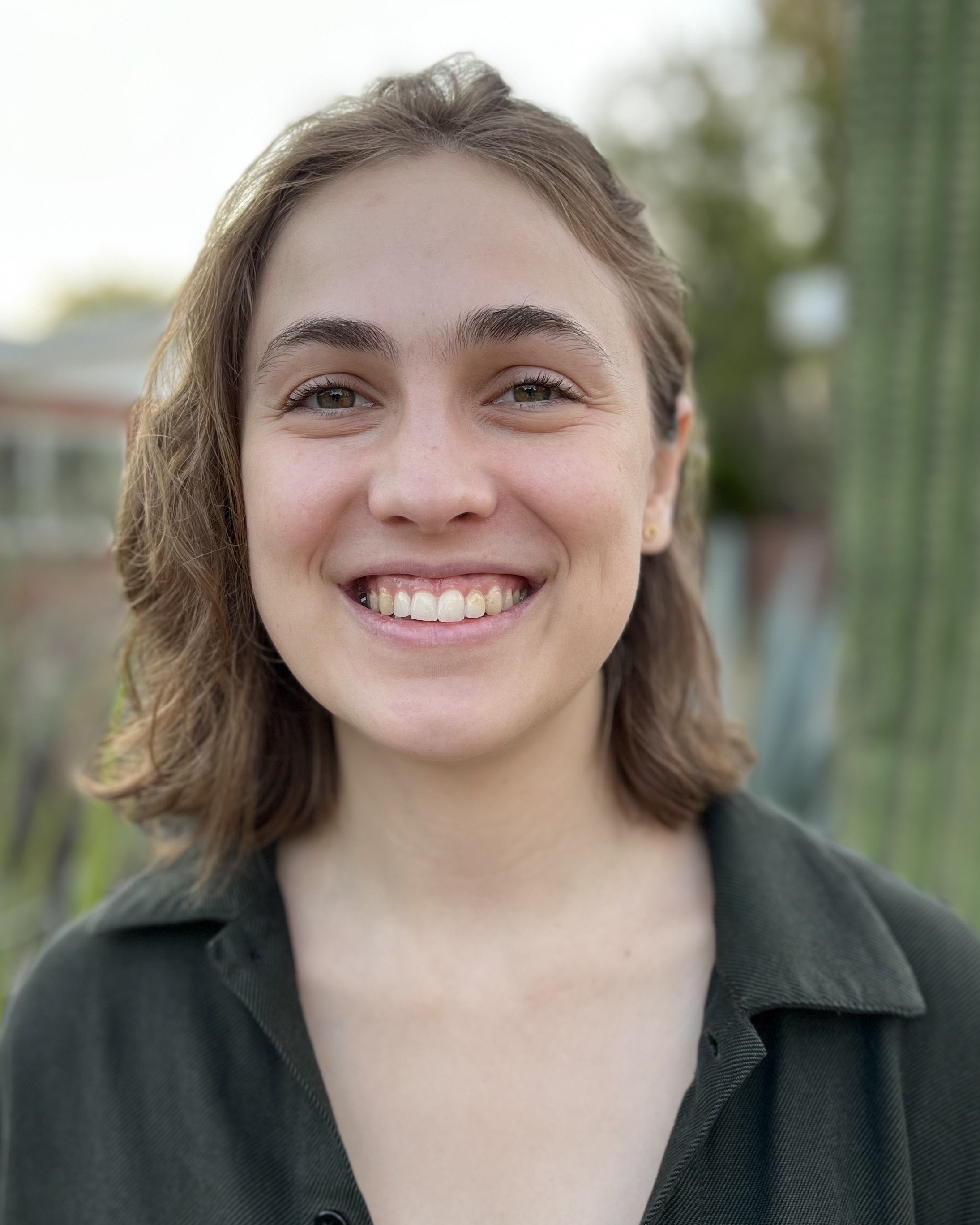
Maria Mutz
B.S., Electrical Engineering & B.A., Music Composition, 2020, Northwestern University
About
Maria is broadly interested in the most extreme and highly magnetized objects in the universe. She is working with Carl Fields to study the late evolution of magnetized supernova progenitors and the multi-messenger signals and compact objects produced in their collapse. She is also involved in open-source astrophysics code development, and works on multiple projects promoting public science literacy and expanding community access to physics. Previously in her PhD, she studied neutron star magnetic field stability and weak gravitational lensing analyses. She received her BS in Electrical Engineering and BA in Music Composition from Northwestern University in 2020, with a minor in Creative Writing.
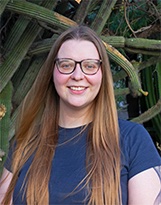
Jeniveve Pearson
B.S., Physics and Astrophysics, 2020, The Ohio State University
About
Jeniveve focuses on studying young supernovae in the nearby universe to understand their progenitors and explosion mechanisms. She is also interested in late-stage red supergiants, particularly on the higher mass end (18-30 M$_\odot$), and predicting the final moments of their lives. Jeniveve has been a PhD student working under David Sand since 2020, when she came to University of Arizona after graduating with a B.S. from The Ohio State University with a double major in Physics and Astrophysics and a minor in Studio Art.
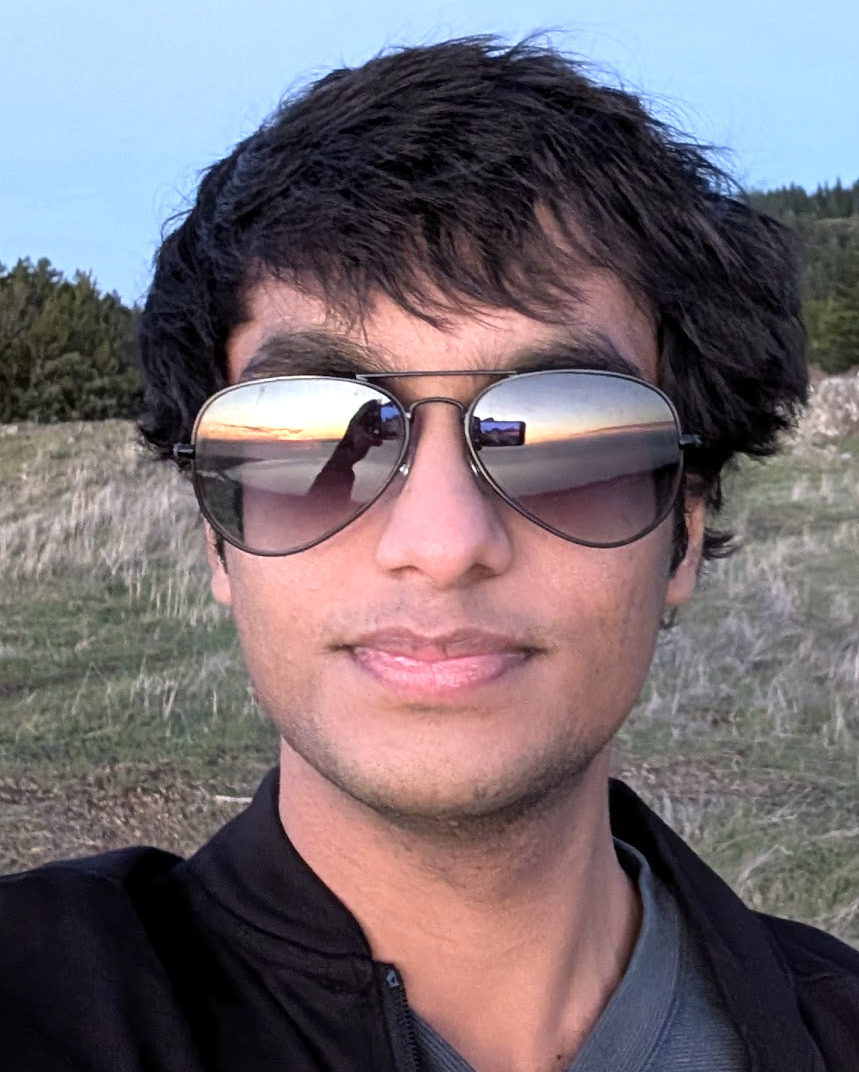
Neev Shah
B.S., M.S., 2024, Indian Institute of Science Education and Research, Pune
About
I am a PhD student in Astronomy and Astrophysics at the University of Arizona. In 2024, I graduated with a BS and MS from the Indian Institute of Science Education and Research, Pune where I worked on various topics spanning cosmology, gravitational waves and binary stars.
My research interests are broadly in the field of massive stars and binaries (since massive stars often have companions). I use numerical tools such as MESA to understand the formation and evolution of all the fun things that massive binaries do, from X-ray binaries, high and low energy transients to gravitational wave sources. Currently, I am working with Mathieu Renzo on understanding and modeling the past life and formation of an enigmatic X-ray binary in the Milky Way, and its potential connections to asymmetric gravitational wave events being detected by LIGO-Virgo-KAGRA in the distance universe.

Logan White
NSF Graduate Research Fellow
B.S., Physics, 2025, North Carolina State University
About
I am Logan's blurb.
Previous Members

Griffin Hosseinzadeh
Assistant Professor, University of California, San Diego
Ph.D., Physics, 2018, University of California, Santa Barbara

Emma Beasor
Faculty of Engineering and Technology, Astrophysics Research Institute, Liverpool John Moores University
Ph.D., Astrophysics, 2019, Liverpool John Moores University
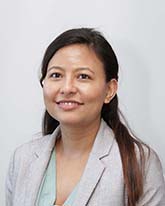
Manisha Shrestha
Faculty Lecturer, Monash University
Ph.D., Astrophysics, 2018, University of Denver
